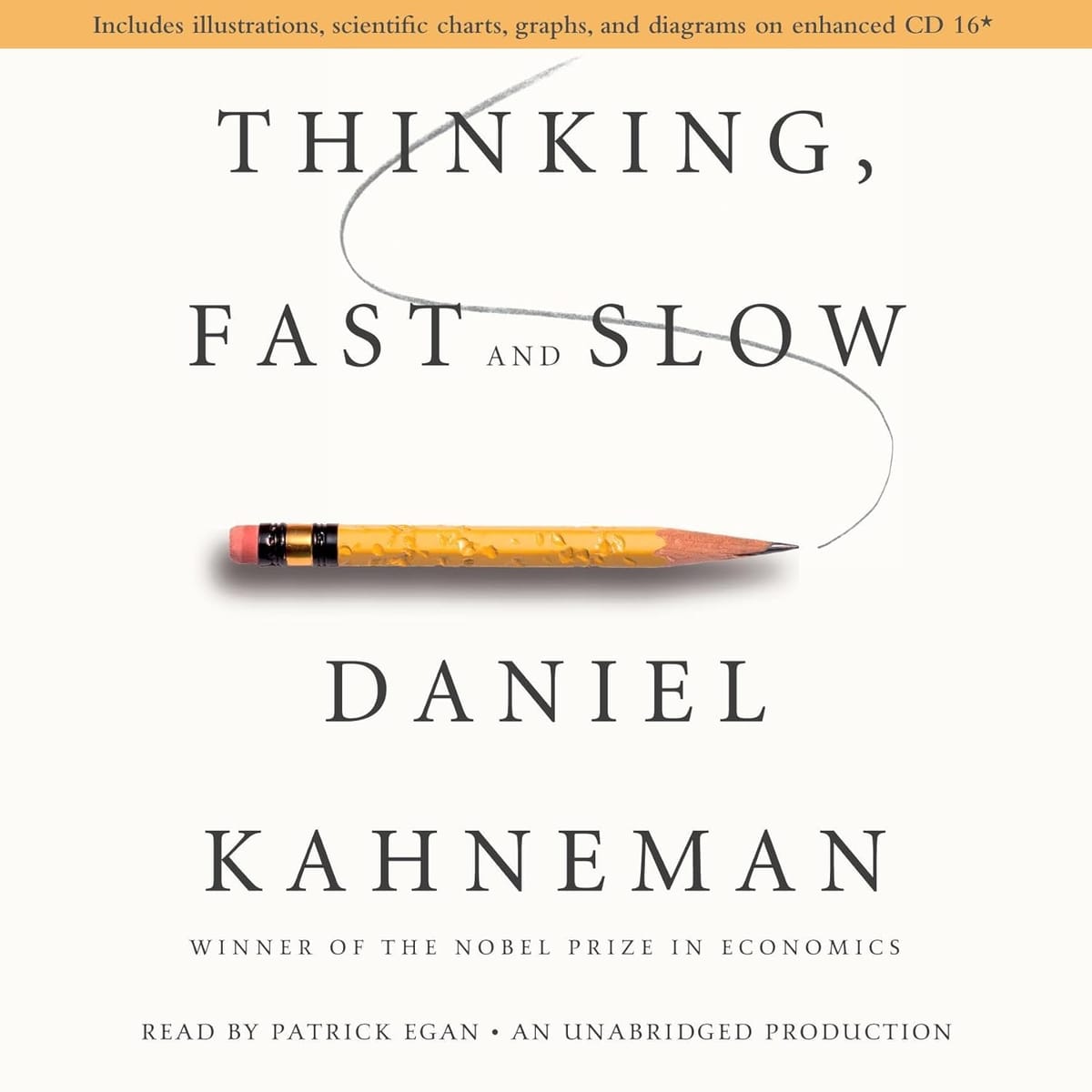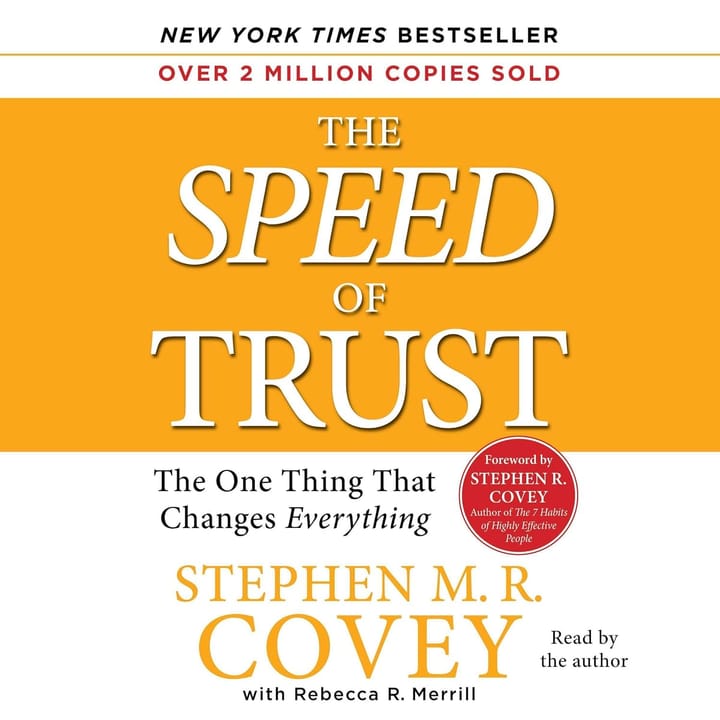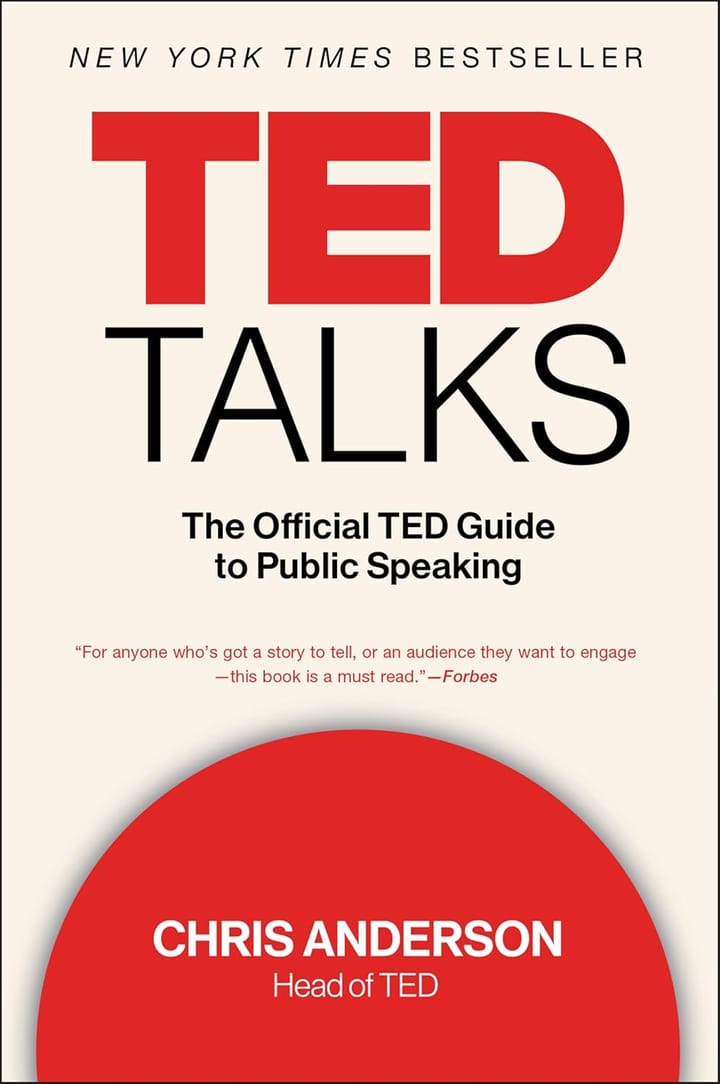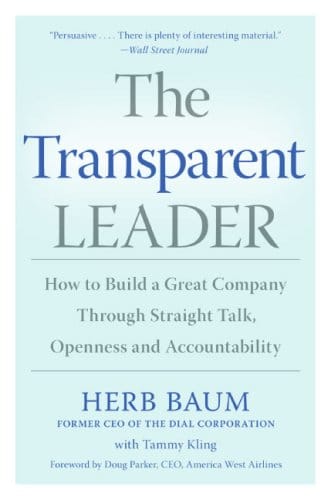Book Summary: Thinking, Fast and Slow
Discover key insights from Thinking, Fast and Slow by Daniel Kahneman in this detailed book summary article. Unlock the secrets of our decision-making process.

Essential Insights
- Our brains rely on two systems of thinking, one fast and intuitive, the other slow and deliberate.
- System 1 thinking is prone to biases and errors, while System 2 thinking is more rational but requires effort.
- Kahneman's book explores how these two systems interact and influence our decision-making processes.
Introduction to Thinking, Fast and Slow
Thinking, Fast and Slow by Daniel Kahneman is a groundbreaking book that explores the two systems that drive the way we think: System 1, which is fast, intuitive, and emotional, and System 2, which is slower, more deliberate, and more logical. Kahneman, a renowned psychologist and Nobel laureate in Economics, delves into how these systems shape our judgments and decisions, and how understanding them can fundamentally change how we approach problem-solving and decision-making.
This book is particularly valuable to individuals seeking to enhance their leadership skills and personal development. By uncovering the cognitive biases and heuristics that influence our thought processes, Kahneman provides readers with insights on how to make better decisions, manage risks more effectively, and ultimately, become more effective leaders. Thinking, Fast and Slow challenges readers to critically examine their own thinking patterns and offers practical strategies for improving decision-making abilities, making it an essential read for anyone looking to excel in their personal and professional lives.
Introduction to Thinking Fast and Slow
Daniel Kahneman's seminal work, Thinking, Fast and Slow, is a deep dive into the intricacies of human psychology and decision-making. This book, which earned Kahneman a Nobel Prize, explores the dual systems of thought that govern our mental processes. Fast thinking, or System 1, operates automatically and quickly, with little or no effort and no sense of voluntary control. In contrast, slow thinking, or System 2, allocates attention to the effortful mental activities that demand it, including complex computations.
Kahneman's exploration into these systems reveals how they shape our judgments and decisions. Fast thinking is akin to an associative machine, making quick connections and forming coherent stories from limited information. Slow thinking, on the other hand, is more deliberate and analytical, requiring more effort and mental capacity. This duality is central to understanding how we navigate the world and make choices, often without realizing the underlying processes at play.
The Two Systems: Fast and Slow Thinking
Kahneman explains that System 1, or fast thinking, is our brain's default mode. It is responsible for quick, intuitive responses and is often influenced by cognitive ease. This system is what allows us to recognize faces, drive on an empty road, or complete simple arithmetic without conscious thought. However, its reliance on heuristics and biases can lead to errors in judgment, especially in complex situations.
System 2, or slow thinking, is activated when we encounter a difficult question or problem that requires more effort. This system is responsible for analytical thinking, problem-solving, and decision-making that demands attention and voluntary control. While System 2 can correct the errors of System 1, it is often lazy and prefers to defer to the fast thinking system, leading to cognitive illusions and biases.
Cognitive Biases and Their Impact
Kahneman's book delves into the various cognitive biases that affect human decision-making. One such bias is the hindsight bias, where individuals believe they predicted an outcome after it has occurred. This bias can distort our understanding of past events and lead to overconfidence in our predictive abilities. Another common bias is the confirmation bias, where people seek information that confirms their pre-existing beliefs, ignoring evidence to the contrary.
These biases are not just academic concepts; they have real-life implications. For instance, in the world of finance, investors may fall prey to the anchoring effect, where they rely too heavily on the first piece of information they receive, such as an initial stock price, when making decisions. Understanding these biases is crucial for improving decision-making and avoiding costly mistakes.
The Experiencing Self vs. The Remembering Self
Kahneman introduces the concept of the experiencing self and the remembering self to explain how we perceive happiness and satisfaction. The experiencing self lives in the present, processing each moment as it happens. In contrast, the remembering self looks back on experiences and constructs a narrative, often influenced by the peak-end rule, where the most intense moments and the ending of an experience disproportionately affect our memory of it.
This distinction has profound implications for how we evaluate our lives and make decisions. For example, a vacation with a bad ending may be remembered less fondly than one with a consistently pleasant experience, even if the latter had fewer peak moments. Understanding the difference between these two selves can help us make choices that align with our long-term happiness and satisfaction.
Prospect Theory and Risk Taking
One of the key contributions of Kahneman's work is the development of prospect theory, which describes how people make decisions under risk. Unlike traditional economic theories that assume rational decision-making, prospect theory acknowledges that humans are loss averse and weigh potential losses more heavily than equivalent gains. This leads to risk-averse behavior when facing potential gains and risk-seeking behavior when trying to avoid losses.
Kahneman demonstrates this through various experiments and examples, showing how our subjective confidence and reference points influence our choices. For instance, most people would prefer a guaranteed $50 over a 50% chance to win $100, even though the expected value is the same. This insight into human psychology has significant implications for fields such as finance, insurance, and public policy.
The Anchoring Effect and Decision Making
The anchoring effect is a cognitive bias where individuals rely too heavily on an initial piece of information, or "anchor," when making decisions. Kahneman reveals how this bias can influence everything from pricing strategies to negotiations. For example, when asked to estimate the number of African countries in the United Nations, participants who were first asked if the number was higher or lower than 65 gave higher estimates than those asked if it was higher or lower than 10.
This bias highlights the importance of being aware of initial information and its potential impact on our judgments. By recognizing the anchoring effect, decision-makers can take steps to mitigate its influence and make more informed choices.
Cognitive Ease and First Impressions
Cognitive ease refers to the comfort and effortlessness with which our brain processes information. Kahneman suggests that when information is easy to process, we are more likely to accept it as true and make quick judgments. This can lead to overconfidence and reliance on first impressions, which may not always be accurate.
For instance, a well-designed website may give the impression of a reputable company, even if the underlying business practices are questionable. Understanding cognitive ease can help individuals and organizations present information in a way that is more likely to be accepted and acted upon.
The Planning Fallacy and Overconfidence
The planning fallacy is a common cognitive bias where individuals underestimate the time, costs, and risks involved in completing a task. Kahneman writes about how this bias can lead to overly optimistic project timelines and budgets, resulting in delays and cost overruns. This is often due to a focus on the best-case scenario and a failure to consider potential obstacles.
To combat the planning fallacy, Kahneman recommends taking an outside view, which involves looking at similar projects and their outcomes to create a more realistic plan. By acknowledging the tendency for overconfidence, individuals and organizations can improve their planning and execution.
The Role of Cognitive Illusions
Cognitive illusions are errors in perception and judgment that arise from the brain's reliance on heuristics and biases. Kahneman explains how these illusions can lead to incorrect conclusions and poor decision-making. For example, the illusion of validity occurs when individuals overestimate the accuracy of their judgments based on limited information.
By understanding cognitive illusions, individuals can become more aware of their limitations and take steps to improve their decision-making processes. This includes seeking diverse perspectives, questioning assumptions, and relying on data-driven analysis.
The Influence of Subjective Confidence
Subjective confidence refers to the level of certainty individuals feel about their judgments and decisions. Kahneman demonstrates that this confidence is often misplaced, as it is not always correlated with accuracy. High subjective confidence can lead to overconfidence and a reluctance to seek additional information or consider alternative viewpoints.
To counteract this tendency, Kahneman suggests adopting a mindset of humility and openness to new information. By recognizing the limits of our knowledge and the potential for error, we can make more informed and balanced decisions.
The Importance of Small Sample Sizes
Kahneman highlights the dangers of relying on small sample sizes when making decisions. Small samples are more likely to produce extreme outcomes and may not accurately represent the larger population. This can lead to incorrect conclusions and misguided actions.
To avoid the pitfalls of small sample sizes, Kahneman recommends using larger samples and statistical analysis to ensure more reliable results. By understanding the limitations of small samples, decision-makers can improve the accuracy and validity of their conclusions.
The Role of the Associative Machine
The associative machine is a metaphor for the brain's ability to make connections and form coherent stories from limited information. Kahneman reveals how this process can lead to cognitive biases and errors in judgment. For example, the availability heuristic occurs when individuals judge the likelihood of an event based on how easily examples come to mind, rather than actual probabilities.
By recognizing the influence of the associative machine, individuals can become more aware of their biases and take steps to improve their decision-making processes. This includes seeking diverse perspectives, questioning assumptions, and relying on data-driven analysis.
The Concept of Loss Aversion
Loss aversion is a key concept in behavioral economics that describes the tendency for individuals to prefer avoiding losses over acquiring equivalent gains. Kahneman's research shows that this bias can lead to risk-averse behavior and suboptimal decision-making. For example, investors may hold onto losing stocks for too long, hoping to avoid realizing a loss.
Understanding loss aversion can help individuals and organizations make more rational decisions by recognizing the emotional impact of potential losses and weighing them against potential gains. This can lead to more balanced and effective decision-making.
The Impact of Hindsight Bias
Hindsight bias is a cognitive bias where individuals believe they predicted an outcome after it has occurred. Kahneman explains how this bias can distort our understanding of past events and lead to overconfidence in our predictive abilities. This can result in poor decision-making and a failure to learn from past mistakes.
To counteract hindsight bias, Kahneman suggests maintaining a record of predictions and outcomes to objectively assess accuracy. By acknowledging the tendency for hindsight bias, individuals can improve their decision-making processes and learn from past experiences.
The Role of the Experiencing Self
The experiencing self is the part of our consciousness that lives in the present and processes each moment as it happens. Kahneman explains how this self is influenced by immediate sensations and emotions, which can impact our decision-making and perception of happiness.
Understanding the experiencing self can help individuals make choices that align with their immediate needs and desires, while also considering the long-term implications of their actions. This can lead to more balanced and fulfilling decision-making.
The Remembering Self and Its Influence
The remembering self is the part of our consciousness that looks back on experiences and constructs a narrative. Kahneman reveals how this self is influenced by the peak-end rule, where the most intense moments and the ending of an experience disproportionately affect our memory of it.
By understanding the influence of the remembering self, individuals can make choices that align with their long-term happiness and satisfaction. This includes considering how experiences will be remembered and the impact of peak moments and endings on overall satisfaction.
The Role of Cognitive Ease in Decision Making
Cognitive ease refers to the comfort and effortlessness with which our brain processes information. Kahneman suggests that when information is easy to process, we are more likely to accept it as true and make quick judgments. This can lead to overconfidence and reliance on first impressions, which may not always be accurate.
Understanding cognitive ease can help individuals and organizations present information in a way that is more likely to be accepted and acted upon. By recognizing the influence of cognitive ease, decision-makers can take steps to ensure more informed and balanced choices.
The Influence of First Impressions
First impressions play a significant role in our decision-making processes. Kahneman explains how these initial judgments are often influenced by cognitive ease and can lead to overconfidence and reliance on limited information. This can result in poor decision-making and a failure to consider alternative perspectives.
To counteract the influence of first impressions, Kahneman recommends taking a step back and considering additional information and viewpoints. By acknowledging the impact of first impressions, individuals can make more informed and balanced decisions.
The Role of the Planning Fallacy in Project Management
The planning fallacy is a common cognitive bias where individuals underestimate the time, costs, and risks involved in completing a task. Kahneman writes about how this bias can lead to overly optimistic project timelines and budgets, resulting in delays and cost overruns. This is often due to a focus on the best-case scenario and a failure to consider potential obstacles.
To combat the planning fallacy, Kahneman recommends taking an outside view, which involves looking at similar projects and their outcomes to create a more realistic plan. By acknowledging the tendency for overconfidence, individuals and organizations can improve their planning and execution.
The Role of Cognitive Illusions in Decision Making
Cognitive illusions are errors in perception and judgment that arise from the brain's reliance on heuristics and biases. Kahneman explains how these illusions can lead to incorrect conclusions and poor decision-making. For example, the illusion of validity occurs when individuals overestimate the accuracy of their judgments based on limited information.
By understanding cognitive illusions, individuals can become more aware of their limitations and take steps to improve their decision-making processes. This includes seeking diverse perspectives, questioning assumptions, and relying on data-driven analysis.
Summary
Daniel Kahneman's Thinking, Fast and Slow offers a profound exploration of the human mind and the cognitive processes that shape our decisions. By understanding the dual systems of thought, cognitive biases, and the influence of the experiencing and remembering selves, we can improve our decision-making and lead more fulfilling lives. Kahneman's insights into behavioral economics and human psychology provide valuable tools for navigating the complexities of the modern world.
Related Topics
- Behavioral economics - The study of how psychological, social, cognitive, and emotional factors impact economic decisions and market outcomes.
- Decision-making processes - The cognitive processes and biases that influence how individuals make choices and judgments.
- Risk assessment - Evaluating the potential for gain or loss of a particular action or decision, often influenced by cognitive biases.
- Cognitive biases - Systematic patterns of deviation from norm or rationality in judgment, influencing decision-making and leading to irrational outcomes.
- Prospect theory - A behavioral economic theory that describes how individuals make decisions involving risk and uncertainty.
Reflection & Discussion Questions
Reflection is a powerful tool for personal growth and leadership development. Whether you're exploring your own experiences or engaging in thoughtful group discussion or team training, reflection questions help uncover new insights, clarify values, and inspire meaningful action. Below are questions designed to deepen your understanding of the concepts taught in Thinking, Fast and Slow, and facilitate constructive conversations with your team or group.
- How can you identify when you are using System 1 thinking versus System 2 thinking in your decision-making process?
- What are some common cognitive biases that you have noticed influencing your judgment in the past?
- How can understanding Prospect Theory help you make more informed decisions when it comes to taking risks?
- In what ways can being aware of overconfidence in your knowledge and abilities improve your leadership skills?
- How does recognizing System 1 and System 2 thinking in yourself and others impact your ability to lead effectively?
- How can challenging your assumptions and biases lead to better decision-making outcomes in your personal and professional life?
- What strategies can you implement to create structured choices and improve your decision-making process?
- How can fostering a culture of open discussion within your team or organization help counteract individual biases and promote innovative thinking?
- In what ways can actively seeking feedback from diverse sources aid in your continuous improvement and personal growth?
- How can reflecting on your decisions daily help you identify patterns in your thinking and improve your future choices?
- What are some examples from your own experience where the anchoring effect has influenced your decision-making process?
- How can practicing humility in your assessments and decisions lead to better outcomes in your personal and professional life?
- How can implementing checklists or decision matrices help you make more rational decisions based on relevant criteria rather than impulse?
- How can involving colleagues in the decision-making process provide alternate viewpoints and challenge your assumptions for more well-rounded decisions?
- How can fostering creativity through open discussion and varied viewpoints within your team lead to well-rounded solutions to challenges?
Recommended Reading
Below are a few recommended books related to concepts taught in Thinking, Fast and Slow.
- Nudge: Improving Decisions About Health, Wealth, and Happiness by Richard H. Thaler and Cass R. Sunstein. This book explores how subtle "nudges" can be used to influence decision-making and behavior.
- Predictably Irrational: The Hidden Forces That Shape Our Decisions by Dan Ariely. Dan Ariely discusses how our decision-making processes are influenced by irrational and predictable factors.
- Blink: The Power of Thinking Without Thinking by Malcolm Gladwell. Malcolm Gladwell explores the power of intuition and rapid cognition in decision-making processes.
Frequently Asked Questions
What is the main thesis of Thinking, Fast and Slow?
The main thesis of Thinking, Fast and Slow by Daniel Kahneman is that human decision-making is influenced by two systems of thinking: System 1, which is fast, automatic, and prone to cognitive biases; and System 2, which is slower, more deliberate, and logical. Kahneman argues that understanding the interplay between these two systems can help individuals make better decisions in various aspects of their lives.
What are the benefits of understanding the two systems of thinking described in this book?
The benefits of understanding the two systems of thinking, System 1 (fast, intuitive, automatic) and System 2 (slow, deliberate, logical), are immense. By being aware of how these systems operate and influence our decisions, we can make more informed and rational choices. Recognizing when we are relying on System 1's shortcuts and biases can help us slow down and engage System 2 for more thoughtful decision-making. This understanding can also lead to improved critical thinking skills, better judgment, and increased self-awareness and mindfulness in our everyday lives.
What is the "anchoring" effect and how does it influence decision making?
The anchoring effect is a cognitive bias where individuals rely too heavily on the first piece of information they receive when making decisions. This initial information serves as an anchor, influencing subsequent decisions even if it is irrelevant or inaccurate. For example, when negotiating a price, if the seller suggests a high initial price, the buyer's final offer is likely to be higher than if the seller had suggested a lower initial price. This bias can lead to errors in judgment and poor decision making.
What are the two systems of thought described in "Thinking, Fast and Slow"?
Kahneman describes two systems of thought: System 1, or fast thinking, which is automatic and intuitive, and System 2, or slow thinking, which is deliberate and analytical. These systems influence our decision-making processes and can lead to cognitive biases and errors in judgment.
How does prospect theory differ from traditional economic theories?
Prospect theory, developed by Kahneman, acknowledges that humans are loss averse and weigh potential losses more heavily than equivalent gains. This contrasts with traditional economic theories that assume rational decision-making. Prospect theory provides a more accurate representation of how people make decisions under risk.
What is the significance of the experiencing self and the remembering self?
The experiencing self lives in the present and processes each moment as it happens, while the remembering self looks back on experiences and constructs a narrative. Understanding the distinction between these two selves can help individuals make choices that align with their long-term happiness and satisfaction.
How can I improve my decision-making and avoid cognitive biases?
To improve decision-making and avoid cognitive biases, it is important to recognize and acknowledge the existence of these biases. Engaging in slow, deliberate thinking can help in challenging automatic, intuitive responses. Seeking feedback from others, considering multiple perspectives, and utilizing decision-making tools such as checklists can also be helpful in making more rational decisions. Remembering to take breaks and allow time for reflection can prevent impulsive choices. By being aware of cognitive biases and actively working to counteract them, individuals can improve their decision-making processes.
Buy "Thinking, Fast and Slow" on Amazon
Affiliate Disclaimer
Some of the links on this website may be affiliate links. This means that, at no additional cost to you, we may earn a commission if you click through and make a purchase. Your support through these affiliate links helps sustain and improve the quality of the content we provide.



